Introduction
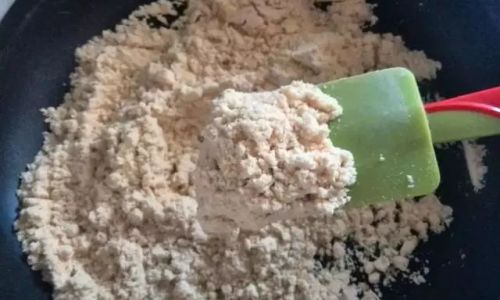
In the vast culinary landscape of global gastronomy, traditional dishes often serve as a bridge between the past and the present, encapsulating generations of wisdom and flavor. One such dish, hailing from the northeastern regions of China and parts of Mongolia, is Oil Tea Noodles—a hearty, nutritious, and deeply comforting meal that combines the simplicity of ingredients with the complexity of flavors. Known for its rich, earthy taste and its ability to warm the soul on the coldest of days, Oil Tea Noodles (or Youcha Mian in Chinese) is a staple in many households. But how does one perfect the art of roasting these noodles to achieve that signature aroma and texture? This article delves into the intricacies of preparing Oil Tea Noodles, focusing specifically on the roasting process, and offers a comprehensive guide for those eager to learn.
Understanding Oil Tea Noodles
Before diving into the roasting technique, it’s crucial to understand what Oil Tea Noodles entail. Essentially, they are a type of powdered or granular food made from roasted grains, typically wheat flour, mixed with a blend of fats (traditionally animal fats like lard or beef tallow, but vegetable oils can also be used), and seasoned with various spices and herbs. The result is a concentrated, high-energy food that can be mixed with boiling water or milk to form a thick, nourishing porridge.
The history of Oil Tea Noodles is intertwined with the nomadic lifestyle of Mongolia and northern China, where portability and nutritional density were paramount. Over time, the recipe has evolved, incorporating different ingredients and cooking methods, but the core principle remains the same: to create a quick, easy-to-prepare meal that provides sustenance in harsh environments.
Preparing the Ingredients
The first step in making Oil Tea Noodles is gathering the right ingredients. Here’s a breakdown of what you’ll need:
- Wheat Flour: The foundation of the noodles. High-quality, whole wheat flour is preferred for its nutritional value and robust flavor.
- Fat: Traditionally, lard or beef tallow is used, but vegetable oils like sunflower, peanut, or even butter can be substituted for a vegetarian or healthier option.
- Spices and Herbs: Common additions include salt, black pepper, ginger powder, and cinnamon. These spices not only enhance flavor but also provide warmth and depth.
- Optional Ingredients: Depending on personal preference, you might also include dried fruits, nuts, or seeds for added texture and nutrition.
The Roasting Process: A Step-by-Step Guide
Roasting the wheat flour is the pivotal step in making Oil Tea Noodles. It transforms the raw flour into a fragrant, golden-brown powder that releases its natural sweetness and nutty aroma. Here’s how to do it:
-
Preheat Your Pan: Start by placing a large, heavy-bottomed skillet or wok over medium-low heat. It’s essential to use a pan that distributes heat evenly to prevent burning.
-
Add the Flour: Measure out the desired amount of wheat flour (typically around 2-3 cups for a standard batch) and pour it into the preheated pan. Spread the flour out evenly to ensure consistent roasting.
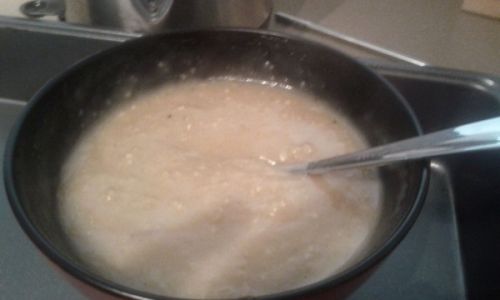
-
Stir Constantly: Using a wooden spoon or spatula, stir the flour continuously. This is crucial as it prevents the flour from burning and ensures even roasting. The initial stirring might feel clumpy, but as the flour begins to heat up, it will become smoother and more cohesive.
-
Adjust the Heat: Keep a close eye on the flour and adjust the heat as necessary. If the flour starts to brown too quickly, lower the heat. Conversely, if it seems to be roasting slowly, you can slightly increase the heat. Remember, patience is key; rushing the roasting process can result in burnt flour, which will ruin the taste of your noodles.
-
Monitor the Color: As the flour roasts, it will gradually turn from its original pale color to a warm, golden brown. This transformation signifies the release of natural oils and sugars within the flour, contributing to the final flavor.
-
Test for Doneness: To check if the flour is properly roasted, take a small pinch between your fingers and let it cool slightly. Taste it. It should have a nutty, slightly sweet flavor with no raw flour taste remaining. If it tastes raw or has a burnt aftertaste, continue roasting and testing until you achieve the desired flavor.
-
Remove from Heat: Once the flour is evenly roasted, quickly transfer it to a heatproof bowl to stop the cooking process. Be cautious of the steam that may rise as the hot flour meets the cooler air, as it can cause burns.
Adding Fat and Spices
Now that the flour is roasted, it’s time to incorporate the fat and spices that will transform it into Oil Tea Noodles.
-
Melt the Fat: In a separate pan, melt the chosen fat over low heat. Ensure it’s not too hot, as you don’t want it to smoke or burn.
-
Combine Ingredients: Gradually pour the melted fat over the roasted flour, stirring constantly to ensure an even mixture. The fat will coat the flour particles, giving the noodles their characteristic rich, creamy texture when mixed with water or milk.
-
Add Spices: Sprinkle the salt, pepper, and other spices over the flour-fat mixture and stir well to distribute them evenly. Adjust the seasoning to taste.
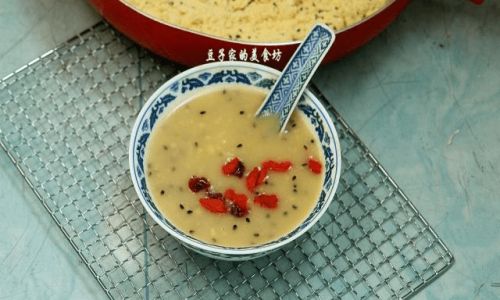
-
Cool and Store: Allow the mixture to cool completely before storing it in an airtight container. This prevents rancidity and maintains the freshness of the flavors.
Serving Oil Tea Noodles
To serve Oil Tea Noodles, simply scoop out a desired amount (usually around 2-3 tablespoons per serving) and place it in a mug or bowl. Gradually add boiling water or milk, stirring constantly until you reach your preferred consistency. The noodles will thicken as they cool, so you may need to adjust the liquid amount accordingly.
For added flavor, you can top your Oil Tea Noodles with a drizzle of honey, a sprinkle of chopped nuts, or a dollop of yogurt. It’s a versatile dish that pairs well with various toppings and can be enjoyed at any time of day.
Conclusion
Mastering the art of roasting Oil Tea Noodles is not just about following a recipe; it’s about understanding the nuances of each ingredient and the transformation that occurs during the cooking process. From the initial selection of high-quality wheat flour to the careful monitoring of the roasting temperature, every step plays a crucial role in achieving the perfect balance of flavors.
With its rich history and timeless appeal, Oil Tea Noodles stands as a testament to the ingenuity of traditional cuisine. By learning to roast these noodles yourself, you not only gain a valuable culinary skill but also connect with a cultural heritage that spans generations. So, the next time you find yourself in need of a comforting, nutritious meal, reach for those roasted noodles and let their warm, earthy embrace take you on a journey through time and taste.
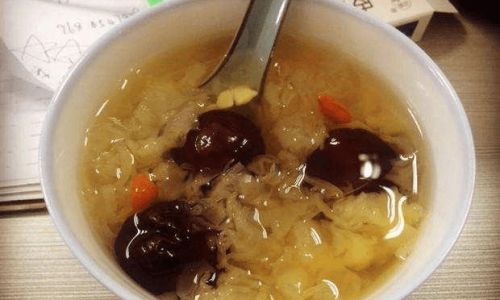
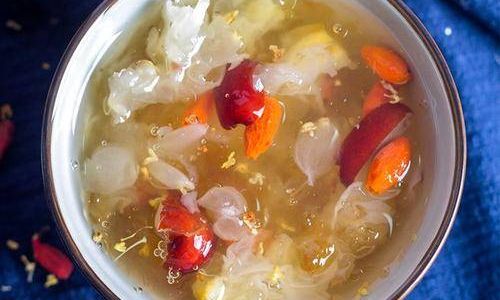
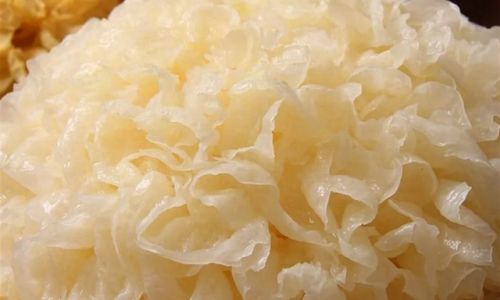

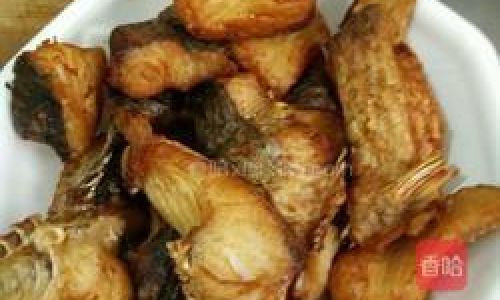
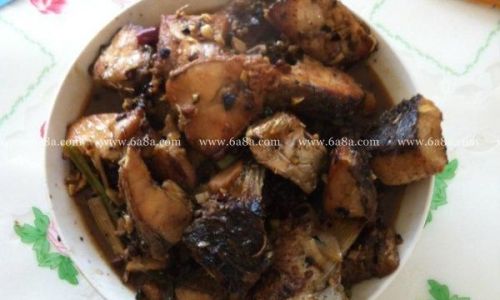
0 comments